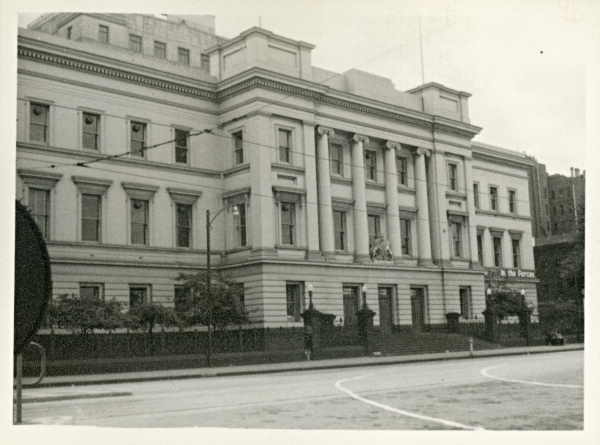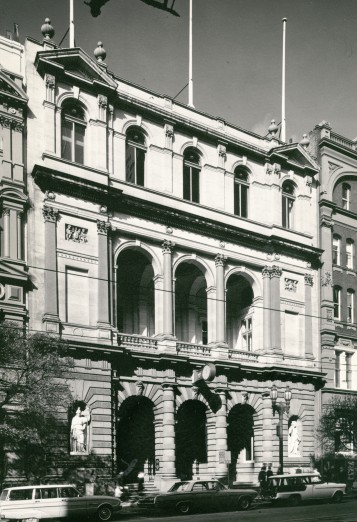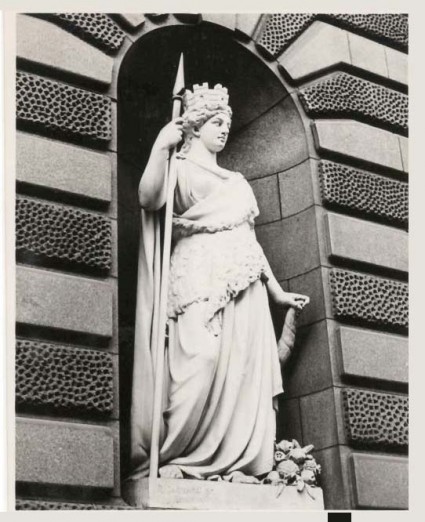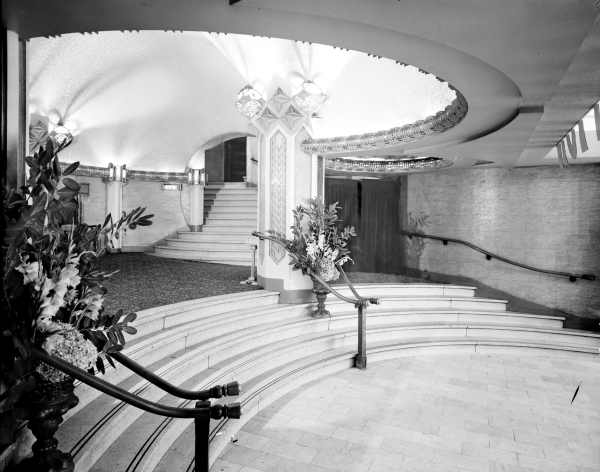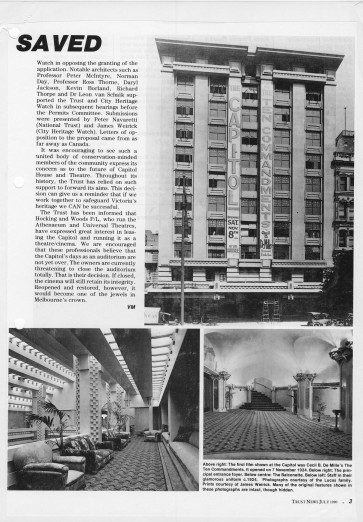Parliament lobbied as an early battle stays demolition in 1959.
Opened in 1876, Customs House Classification was a key Port of Melbourne building at the corner of William and Flinders Street. After the Customs Department vacated in 1957 the building was slated for demolition. Amid community concern, a preservation campaign was started and state and federal members of Parliament were effectively lobbied by the National Trust to save the building. Customs House was eventually reopened in 1969 as Federal Parliament offices and is now the Immigration Museum.
